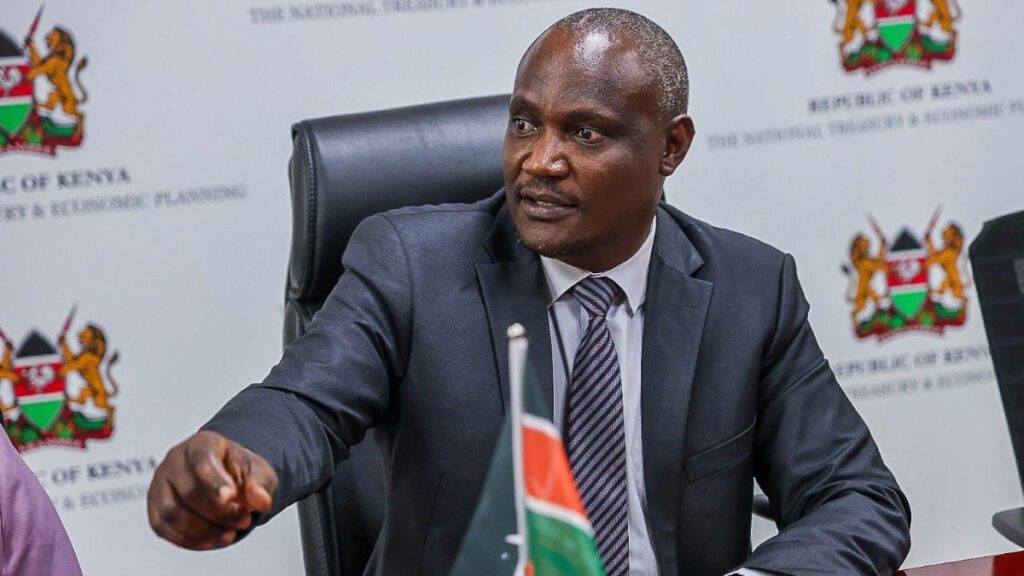Treasury Cabinet Secretary John Mbadi has come out strongly in defense of the government’s decision to channel an additional Sh7 from the Road Maintenance Levy towards financing stalled infrastructure projects, arguing that the move was necessary to avoid a national construction crisis.
Speaking on Thursday, July 17, 2025, Mbadi acknowledged rising public frustrations over soaring fuel prices but maintained that the reallocation of levy funds was the only viable option to get contractors back on site.
“The road maintenance levy as it is right now is not being used in a way that makes Kenyans see the value of that levy,” said Mbadi. “We had a fiscal space that is constrained and all the contractors working on our major roads had stopped working.”
He criticized the previous model of using the levy to fund unsustainable maintenance practices such as laying marram without long-term value, saying the government chose to redirect the funds toward project completion rather than patchwork solutions.
Public Uproar Over Fuel Prices
Mbadi’s remarks come in the wake of increased fuel pump prices announced by the Energy and Petroleum Regulatory Authority (EPRA). The latest hike added:
- Sh8.99 per litre on super petrol
- Sh8.67 per litre on diesel
- Sh9.65 per litre on kerosene
The hike triggered public criticism and pushback from legislators such as Kiharu MP Ndindi Nyoro, who accused the government of leveraging the Road Maintenance Levy to secure loans without parliamentary approval.
“This administration has mortgaged future fuel levy collections as collateral to secure an illegal debt,” Nyoro alleged.
Chirchir: It’s Legal Securitisation, Not Misuse
In response, Roads and Transport CS Davis Chirchir rejected claims of fiscal mismanagement. He explained that the government used a legitimate financial model known as securitisation to raise Sh175 billion.
“We used a Special Purpose Vehicle (SPV) that receives Sh7 from the Sh25-per-litre Road Maintenance Levy. These funds were used to settle pending bills on over 580 road projects countrywide,” Chirchir explained.
The SPV model ensures future collections of the levy are ring-fenced and directed toward repaying the securitised amount, allowing ongoing and incomplete projects to resume without delays.
Energy Ministry: Global Oil Prices to Blame
Meanwhile, Energy CS Opiyo Wandai clarified that the recent fuel price hikes were not directly tied to the securitisation model. Instead, he pointed to global oil price fluctuations as the main driver behind the adjustments.
“Fuel prices are adjusted in response to international crude oil prices and exchange rate dynamics, not internal financing models,” Wandai said.
Infrastructure at a Crossroads
The move to channel more funds toward long-stalled infrastructure projects is part of President William Ruto’s broader strategy to stimulate economic growth through public works and job creation. However, the price burden on consumers, especially amid economic hardships, has raised political and public tension.
CS Mbadi insists that while the decision is unpopular, it was necessary to avert total collapse in Kenya’s road infrastructure sector.
“We had a choice—continue with a broken system or fix it now. We chose to fix it,” he said.


